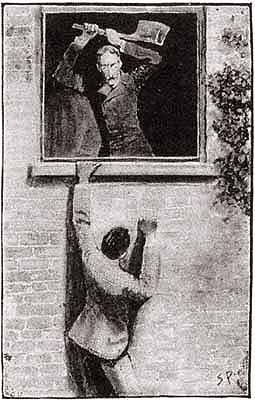
The Hearts We Sold is the story of Dee Moreno, a student at a boarding school in Portland, Oregon. Dee discovers that the school doesn’t have the funds to continue her scholarship, and knowing her parents, abusive and neglectful alcoholics, will never give her the money she needs to keep attending school, she finds herself willing to try something desperate. So she makes a deal with a demon. She trades her heart to him for two years in exchange for money to attend school. But her deal comes with a price—she must help him wage a war against strange monsters appearing in voids. Dee befriends the other members of the demon’s other “heartless” gang, but she quickly realizes that she has chosen a dangerous path, and she might have more to lose than her heart.
This book kept me turning pages. I think it’s intended teen audience would enjoy it. It’s honest, and it includes some diversity in its cast, including a lesbian character and a transgender character; however, they aren’t exactly major characters. Dee shows strength in dealing with her family’s problems, but her parents are bit one-dimensional, and it bugged me for some reason that the author referred to them, when she named them, as Mr. Moreno and Mrs. Moreno. It felt like they didn’t have any identities. I think I would even have preferred something like “her father” or “her mother.” Probably it wouldn’t bother most people. I’m noticing a trend in YA fiction in which it seems secondary characters (at least, usually secondary) have to be quirky in ways that don’t seem important or maybe don’t make sense. For example, Dee’s roommate not only has the odd name Gremma, but she also vivisects her teddy bears because she’s interested in medicine. That makes no sense to me because vivisecting teddy bears won’t help anyone learn anything about anatomy. I could see it if she were dissecting animals or something, but perhaps that was a bit too gross. I guess this trend just reminds me too much of the “manic pixie dream girl” thing that ran rampant in movies a few years back. I do like the fairy tale allusions and there were some other fun surprises along the way, too. The book was a fun diversion, though, and if anyone’s looking for something new to read for the R. I. P. Challenge, you might check it out.
Rating:




I am counting this book as my second selection for this year’s R. I. P. Challenge.


















